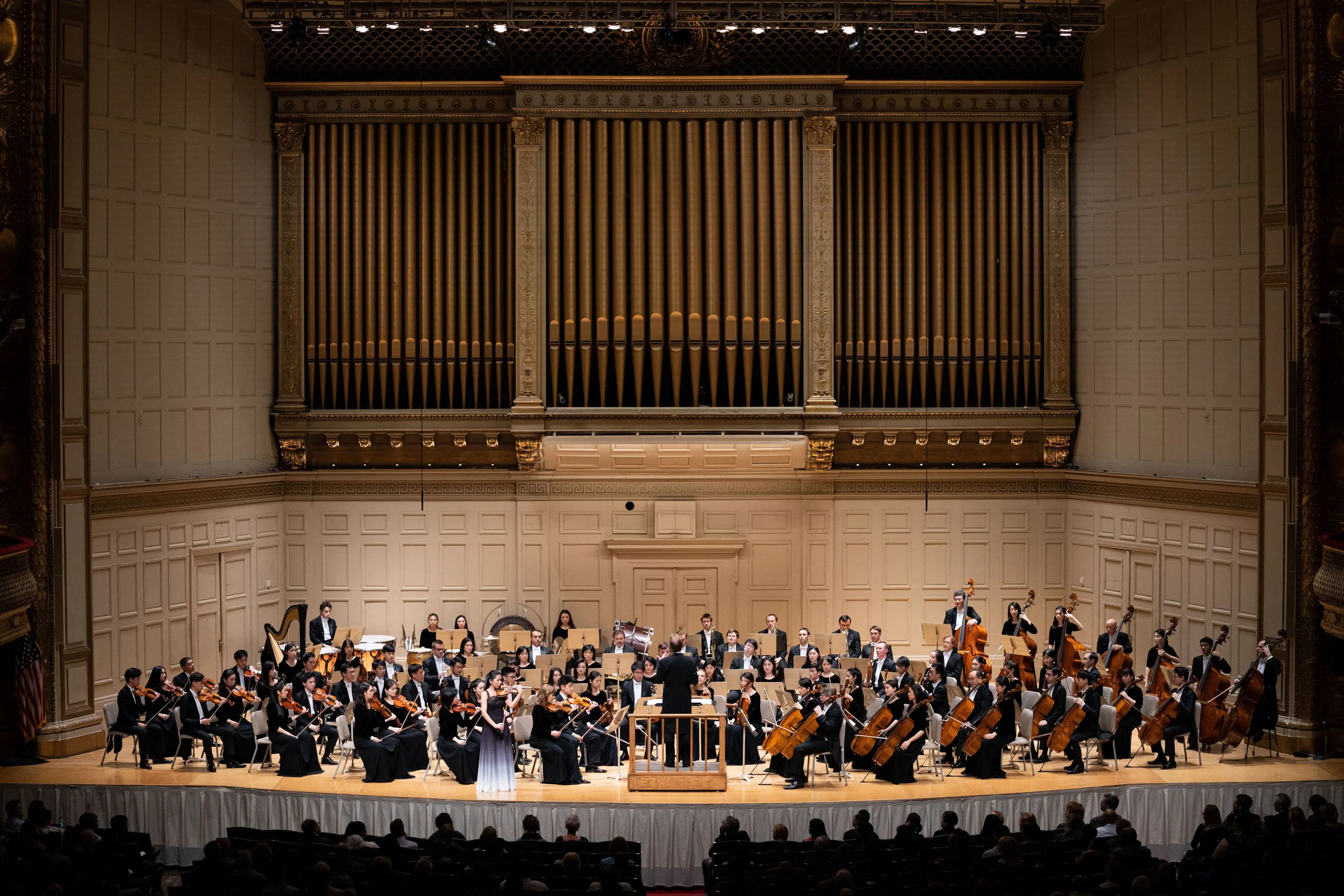In December 1917, Finland declared independence from Russia after years of enduring a testy relationship as a “Grand Duchy” within the Russian Empire, struggling to hold on to its national identity and culture amid “Russification” policies. It was the year the Soviets initiated the Russian Revolution, and Finland wanted nothing to do with it.
“We fought 600 years for our freedom and I am part of the generation which achieved it,” wrote the composer Jean Sibelius. Existing between the competing powers of Sweden and Russia, Finland had been subject to foreign influence for centuries. “Freedom! My Finlandia is the story of this fight. It is the song of our battle, our hymn of victory,” wrote Sibelius.
“Finlandia” had been composed amid Finnish resistance to Russian rule, and the composer Sibelius sought to capture the Finnish voice and culture without resorting to mimicry of folk melodies.
The piece became a great success, and not just domestically. “Finlandia” put Finland on the world’s stage, elevating its artistic contributions into the classical canon.
The piece—written without words for an orchestra—so moved its listeners that it has since been set to several hymns, including “Be Still My Soul,” “At the Table,” “Land of the Pine,” and “Our Farewell Song.” It has been taken to be a hymn of victory and freedom and an unofficial national song of Finland.
The triumphant symphonic poem, which runs around eight minutes, is still a frequently performed favorite.
On Oct. 22, Shen Yun Symphony Orchestra will return to New York in response to high demand, performing two concerts at David Geffen Hall in Lincoln Center.
The program includes Shen Yun’s original compositions, as well as Sibelius’s “Finlandia,” Dvorak’s “New World Symphony,” and the “Butterfly Lovers Violin Concerto.”
Finnish History in 7 Parts
In 1899, Sibelius was asked to compose music for the “Press Celebrations” event.
Billed as an event to raise money for newspaper workers’ pensions, the intent was to finance a Finnish free press, rebelling against Russian censorship policies.
Sibelius composed a work of seven musical tableaux depicting the nation’s history, and intended to write music the Finnish would recognize as their own without resorting to imitating folk music.
“I would not wish to tell a lie in art,” he wrote to his wife, Aino. “But I think I am now on the right path. I now grasp those Finnish, purely Finnish tendencies in music less realistically but more truthfully than before.”
It began with a prelude, then a tableau titled “The Song of Väinämöinen,” the demigod hero of the Finnish epic Kalevala. The second tableau, “The Finns are Baptized by Bishop Henry,” depicts the introduction of Christianity to Finland as far back as the eighth century. The third tableau, “Scene from Duke Johan’s Court,” references the ruler of Finland in the late 1500s. The fourth section, “The Finns in the Thirty Years’ War,” touches on one of the longest conflicts in European history.
The penultimate piece, “The Great Hostility,” referenced Russian domination of Finland, preceding the triumphant ending, “Finland Awakes.”
The last piece proved too patriotic to advertise at the time and was performed under names like “A Scandinavian Choral March” and “Impromptu” to escape Russian policing.
The work was immensely popular, and a year later, inspired by anonymous fan letters, Sibelius reworked the last two sections into a separate piece titled “Finlandia.”
Song of Triumph
“Finlandia” begins in an ominous mood, the low brass procession symbolizing the hardships and pressure Finland endured. The dark atmosphere soon gives way to a solemn but hopeful melody in the woodwinds, later echoed by the strings and the rest of the orchestra as the music becomes increasingly triumphant and fanfare-like in the middle “motif of victory” section.
Sibelius was reportedly inspired by views of the Aulanko region’s trees and serene lake. The music is, at times, stately, march-like, and, at other times, almost sacred. Listeners far from Finland resonate with the sense of patriotism and liberty the music evokes.
The piece was debuted by the Helsinki Philharmonic, which took it across Europe on tour, all the way to the World Exposition held in Paris that year.
The rousing symphonic poem has moved many a listener to the song—most recordings of “Finlandia” feature a chorus, usually using the words poet V.A. Koskenniemi set to the music.
“Official” lyrics were first used in 1937 when opera singer Waino Sola set words to the song. Koskenniemi supplied a new set of lyrics in 1939 after the Winter War, which Russia waged against Finland. Sibelius only arranged the hymn for the choir in 1948.
The composer was a little baffled by the popularity of his work as a hymn. “It is written for an orchestra. But if the world wants to sing it, it can’t be helped,” he later wrote.
The Oct. 22 concerts will feature “Finlandia” without a choir; audiences will be able to hear it in its original form.
Milen Nachev will conduct the orchestra, with Catherine Zhang serving as concertmaster.
The Shen Yun Symphony Orchestra comprises musicians who tour and perform with the eight Shen Yun Performing Arts dance groups.
Mr. Nachev completed his 10th season with Shen Yun earlier this year and has led the symphony orchestra in renowned concert halls like Carnegie Hall, the Kennedy Center, Tokyo Opera City, and many more.
Learn more at ShenYunSymphony.com.
